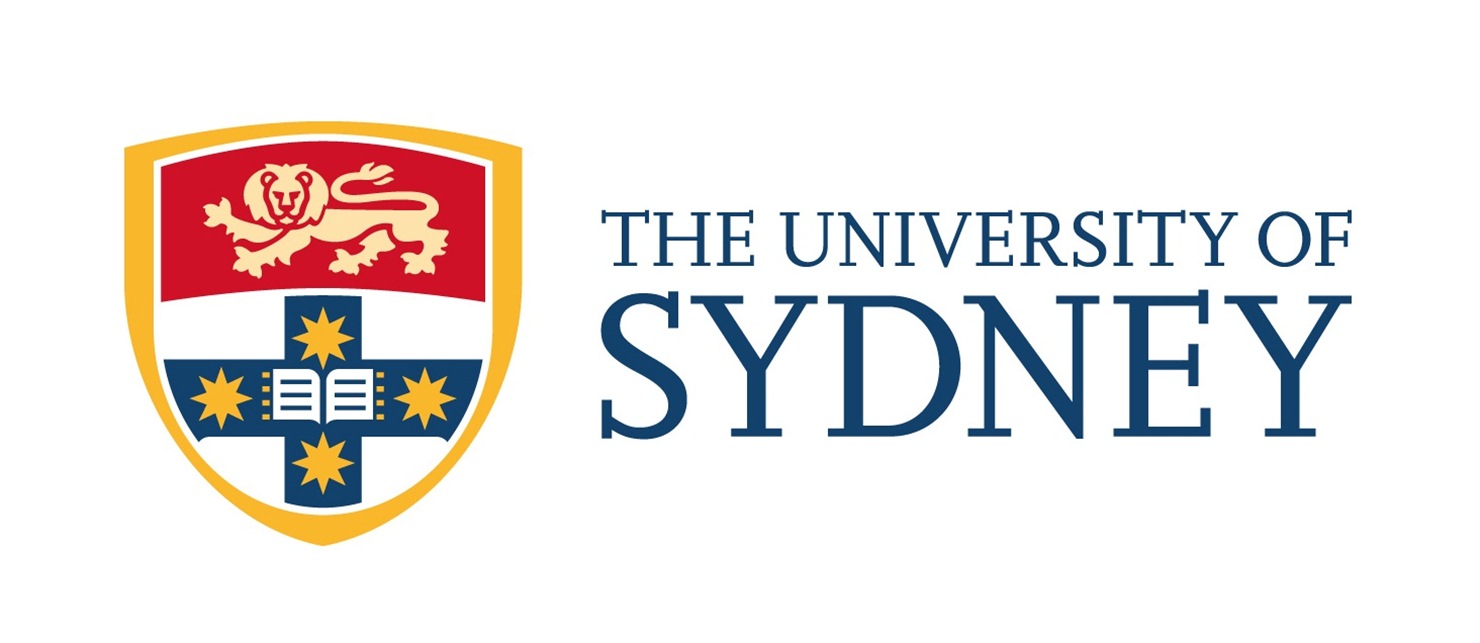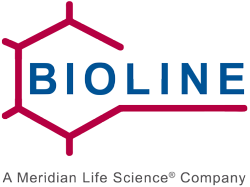Difference between revisions of "Team:Sydney Australia"
| Line 15: | Line 15: | ||
<h2>'''Modelling'''</h2> | <h2>'''Modelling'''</h2> | ||
| − | TransOpt (Translation-Optimiser) represents a new method for codon usage optimisation | + | The Sydney iGEM developed a TransOpt (Translation-Optimiser) model which represents a new method for codon usage optimisation. This builds upon recent research in the field, and addresses many issues inherent in the overly-simplified approaches currently taken throughout the synthetic biology community. In conjunction with TransOpt we have developed a visualisation tool, allowing users to appreciate how changes to codon usage affect ribosomal behaviour during the translation process. As a secondary project related (somewhat) to modelling, we have designed, built and tested a prototype device we call the ElectroStop. This device serves a useful purpose, automatically terminating Gel Electrophoresis experiments once marker dyes reach a certain location, whilst demonstrating the potential of rapid prototyping and open-source technologies to be used throughout the iGEM community. |
<h2>'''Human Practices'''</h2> | <h2>'''Human Practices'''</h2> | ||
Revision as of 11:20, 14 August 2015
The Project
This year, the Sydney iGEM team is working with the ethene monooxygenase enzyme that performs the epoxide reaction converting ethylene to ethylene oxide. This enzyme is only natively found in Mycobacterium smegmatis, however, this host is difficult to work with on an industrial scale. Consequently, we are trying to optimise expression of this enzyme in Escherichia coli. However, due to the vast genetic differences between these two bacteria, we first tried to increase expression in Pseudomonas putida as it functioned as a stepping stone to E. Coli. If successful, this bacteria will be capable of performing biocatalysis (green chemical synthesis) and bioremediation (biological degradation of pollutants) reactions. Additionally, epoxides are versatile intermediates, and are used to manufacture hundreds of products, including bulk chemicals like antifreeze (ethylene glycol).
Design/approach
We took a three-pronged approach for optimising expression:
- First, we optimised protein folding by adding chaperones GroES and GroEL to encourage correct folding.
- Second, we optimised translation through codon harmonisation. This was the major modelling component of our project and more information can be found on the modelling page.
- Third, we optimised translation through adding weak ribosome binding sites. This was undertaken as we hypothesised that translation was occurring too fast and thus the protein did not have enough time to fold correctly.
Modelling
The Sydney iGEM developed a TransOpt (Translation-Optimiser) model which represents a new method for codon usage optimisation. This builds upon recent research in the field, and addresses many issues inherent in the overly-simplified approaches currently taken throughout the synthetic biology community. In conjunction with TransOpt we have developed a visualisation tool, allowing users to appreciate how changes to codon usage affect ribosomal behaviour during the translation process. As a secondary project related (somewhat) to modelling, we have designed, built and tested a prototype device we call the ElectroStop. This device serves a useful purpose, automatically terminating Gel Electrophoresis experiments once marker dyes reach a certain location, whilst demonstrating the potential of rapid prototyping and open-source technologies to be used throughout the iGEM community.
Human Practices
Lizzie to add
Outreach
The team engaged with communities across Sydney and Australia in the attempts to being a dialogue with the school, university, and general community about the importance of biological research, synthetic biology, and help encourage the next generation of leaders in science. We believe it is important to increase community involvement in scientific research, and generate discussion about topics such as recombinant DNA which are seen as controversial. As such, we spoke to multiple Rotary cubs, and schools. We were interviewed on the ABC Radio Science Show, were published in local papers, and presented at multiple science events across Sydney. Our greatest success was running a science writing and multimedia competition called Strange Nature which saw multiple entrants from across Australia.
Achievements
Lizzie to add
Collaborations
Lizzie to add



